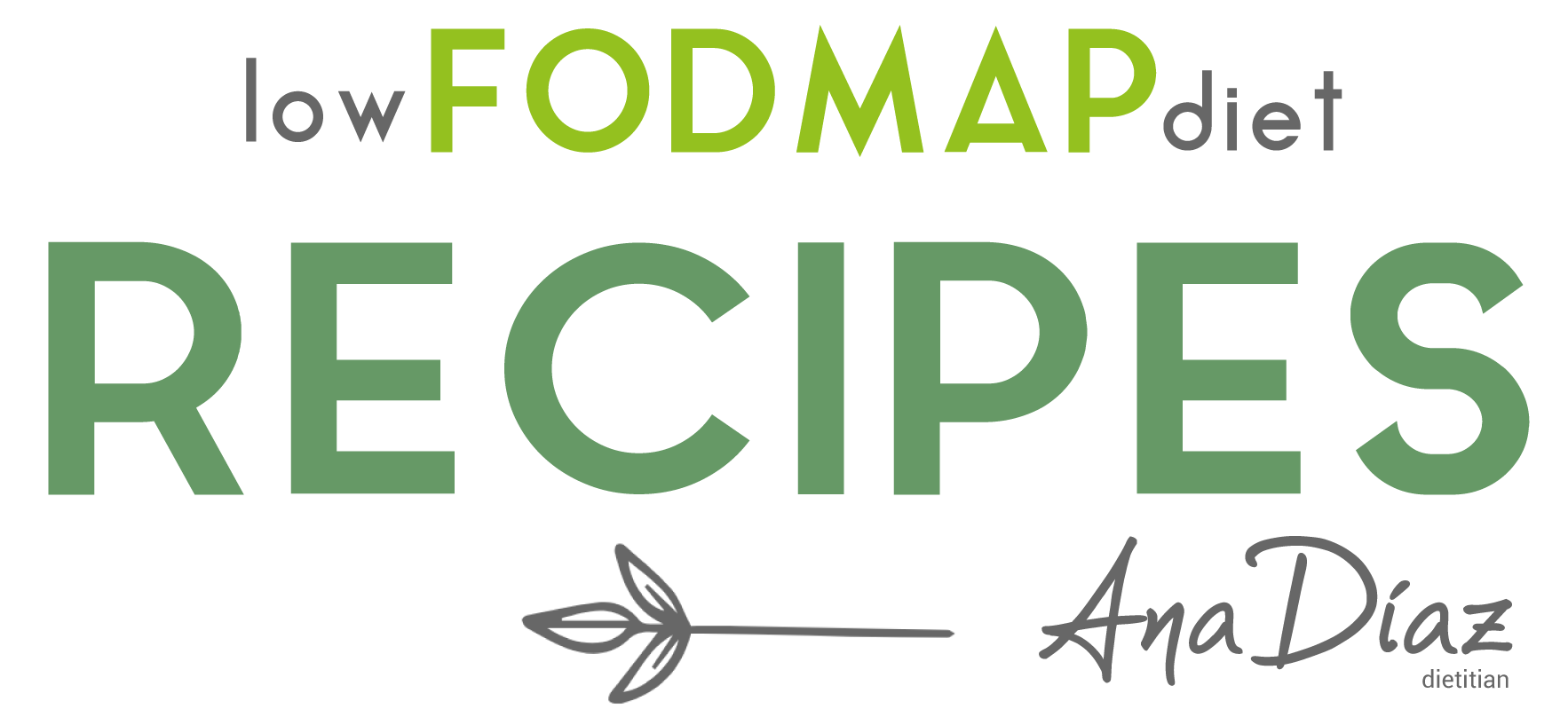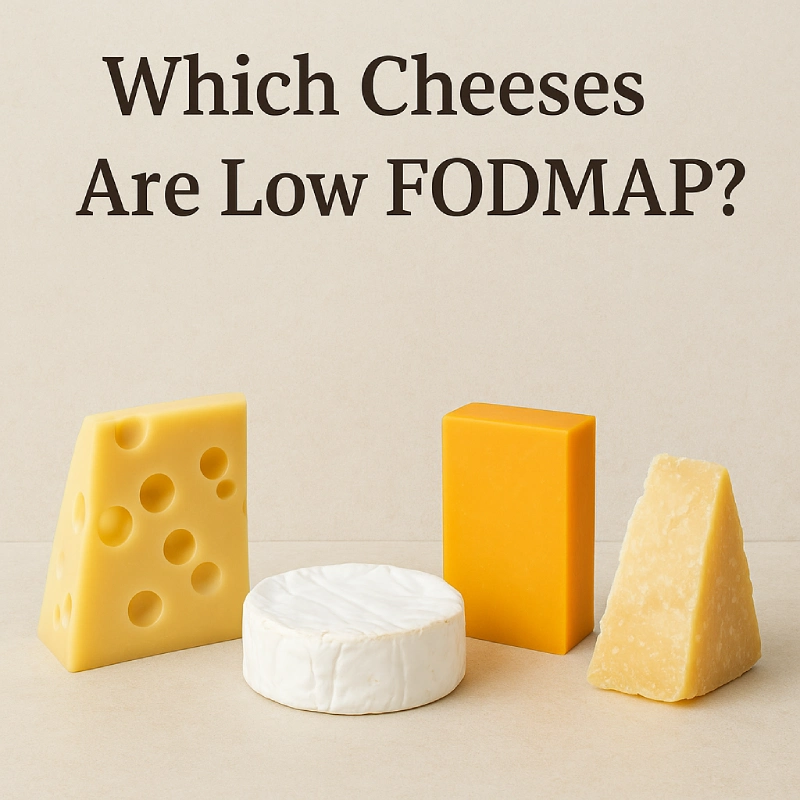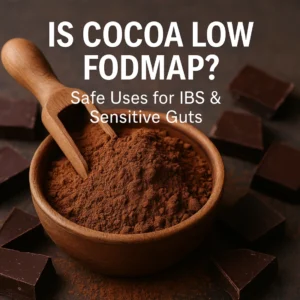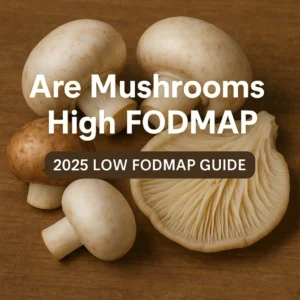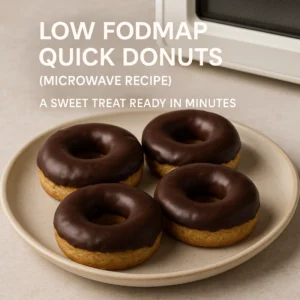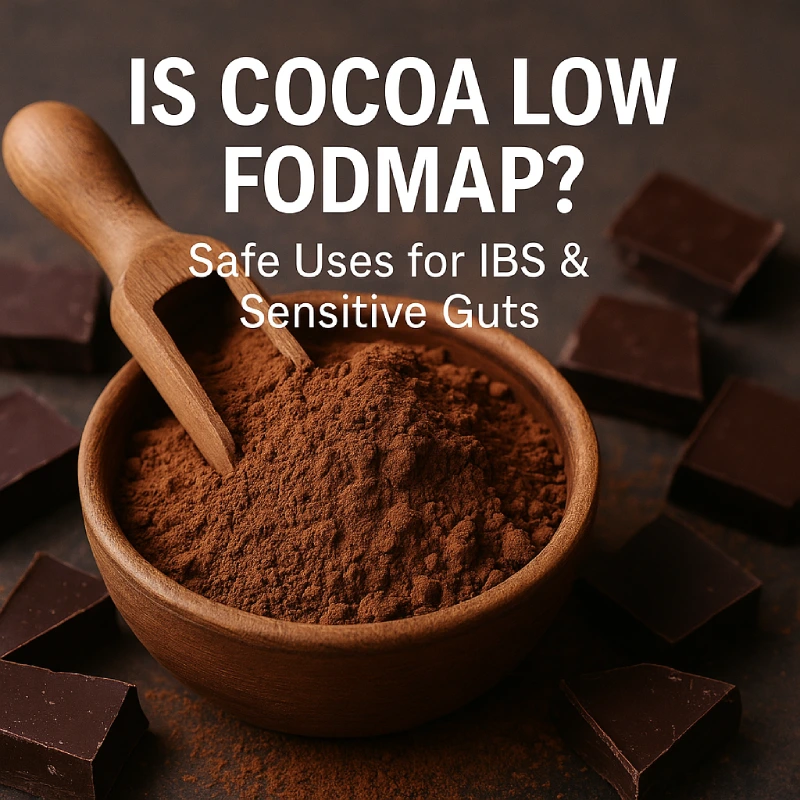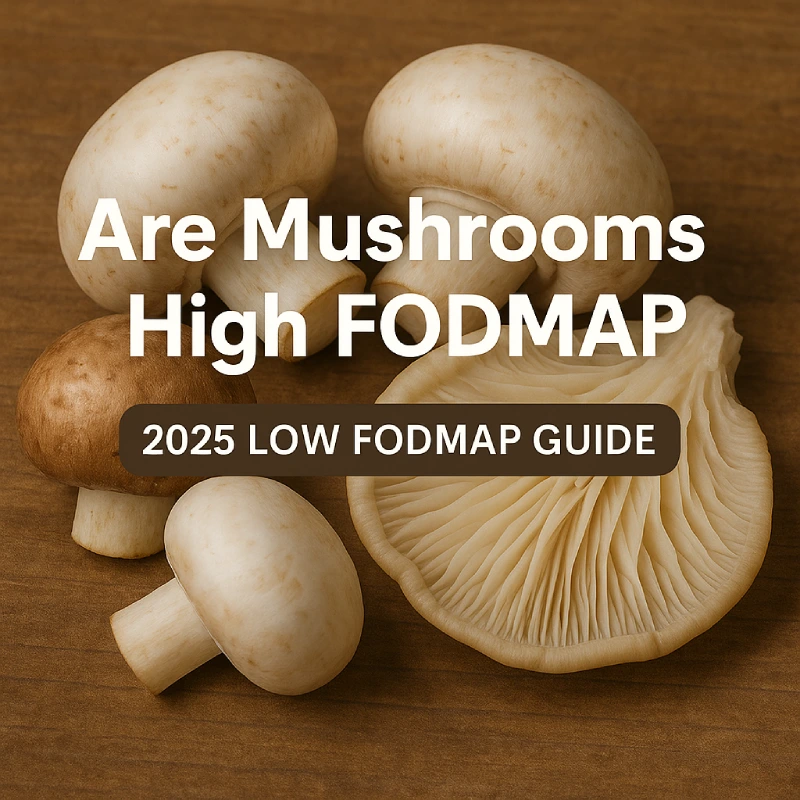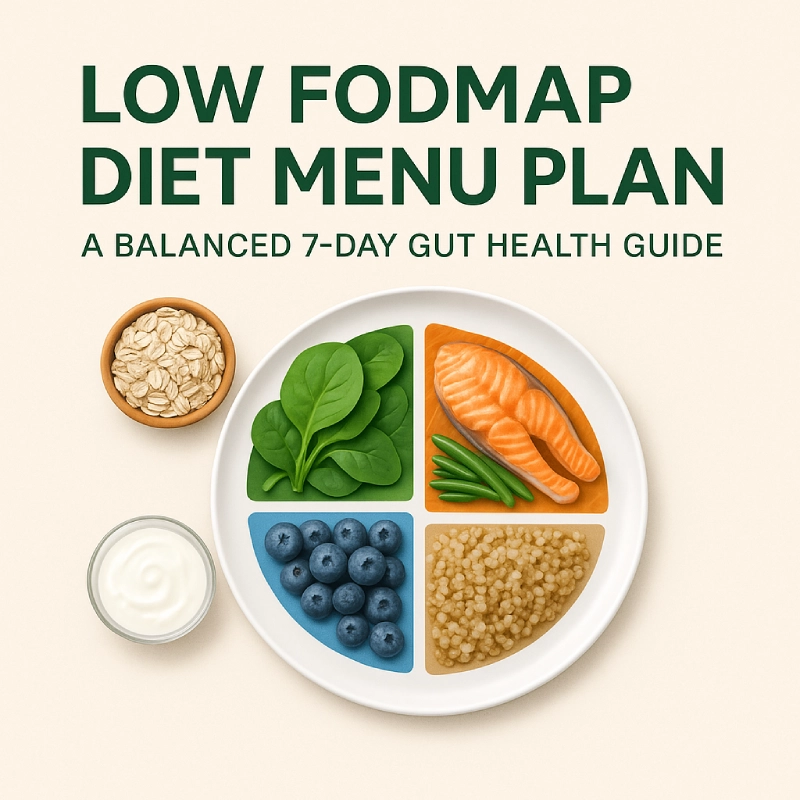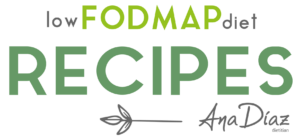Table of Contents
Which Cheeses Are Low FODMAP?
Good news: cheese isn’t off-limits on a low FODMAP diet! You just need to choose the right types and stick to reasonable serving sizes. While it may feel complicated at first, you’ll be glad to know that many cheeses are naturally low in lactose, and that means they’re low FODMAP too.
In this guide, we’ll explore which cheeses are safest to enjoy, how to check if a product is low FODMAP, and how to make cheese part of a gut-friendly lifestyle.
What Makes a Cheese Low FODMAP?
The main concern with cheese on a FODMAP diet is lactose. Lactose is a natural sugar found in milk and dairy products, and it’s one of the FODMAPs that can trigger digestive symptoms in people with IBS.
Monash University, the leading research group behind the FODMAP diet, has tested dozens of cheeses in their lab. They’ve found that many cheeses contain very little lactose, especially if they’ve been aged. That’s because lactose is broken down during the cheese-making and aging process.
According to Monash, a cheese is considered low FODMAP if it contains less than 1 gram of lactose per serve. Thankfully, many cheeses meet this standard, even in moderate to generous portions.
The Best Low FODMAP Cheeses
These cheeses are your safest choices. They’ve been tested and confirmed as low FODMAP in servings of 40 grams, and often up to 500 grams:
- Cheddar
- Mozzarella (block or shredded, not fresh buffalo mozzarella)
- Brie
- Camembert
- Feta (made from cow or goat milk)
- Swiss
- Havarti
- Parmesan
- Monterey Jack
- Goat cheese (firm)
These cheeses are typically well tolerated, even by those who are lactose intolerant, because they contain such minimal amounts of lactose.
Cheeses to Eat with Caution
Some cheeses contain more lactose and may only be tolerated in very small amounts. They include:
- Cream cheese: Low FODMAP at 40g, moderate at higher amounts
- Ricotta: Moderate at 80 to 100g, varies by brand and processing
- Cottage cheese: Low FODMAP only at 40g, moderate at larger servings
- Fresh buffalo mozzarella: Higher in lactose than regular mozzarella
These cheeses aren’t necessarily off-limits, but they do require careful portion control, especially during the elimination phase.
What About Vegan or Plant-Based Cheeses?
Vegan cheeses are often made from nuts, soy, or starches. While they’re naturally lactose-free, they can still contain high FODMAP ingredients like:
- Inulin or chicory root (added fibre)
- Cashew or almond bases (high in GOS)
- Apple cider vinegar (in small quantities, may be tolerated)
Some plant-based cheeses are made with coconut oil, potato starch, and pea protein; these may be low FODMAP, but always read the ingredient list carefully.
If the cheese contains fewer than 1g of total sugars or carbohydrates per serve and doesn’t include any high FODMAP ingredients, it’s likely to be safe.
How to Read Cheese Labels
Monash suggests a simple rule: if a cheese has less than 1g of sugar per serve, it’s very likely low FODMAP.
Here’s how to scan the label:
- Check total sugars: Aim for a maximum of 1g per serve
- Look at the ingredients: Avoid added milk, cream, whey, inulin, chicory root
- Watch for serving size tricks: Some brands use small servings to hide high sugar levels
If in doubt, choose cheeses that have been lab-tested or that are known to be naturally low in lactose.
Serving Size Tips
Even low FODMAP cheeses can cause problems if eaten in large amounts. Fat content, added flavourings, and portion size can all play a role in how well your body tolerates a food.
Start Small and Build Up
- Begin with 20 to 40g of cheese per serve
- Monitor your symptoms
- Space out servings during the day (don’t stack them)
Combine with Balanced Meals
Adding cheese to a meal with fibre (e.g. vegetables, grains) and protein (e.g. eggs, tofu) can help slow digestion and reduce the risk of discomfort.
Avoid Cheese Overload
Cheese boards, pizzas, and sandwiches can easily go over the recommended serving size. Try using cheese as a garnish or flavour booster rather than the main event.
Cheese and Digestive Health
Many people are surprised to learn that cheese can be part of a gut-friendly diet. Beyond being low in FODMAPs, cheese offers nutrients that support your overall health:
- Protein: Supports satiety and muscle maintenance
- Calcium: Important for bone strength and nerve function
- Vitamin B12 and Zinc: Essential for energy and immunity
- Fat: Needed for hormone production and vitamin absorption
Still, fat can be a trigger for some people with IBS. If that’s the case for you, opt for reduced-fat cheeses and avoid pairing cheese with other rich foods.
Low FODMAP Meal Ideas with Cheese
Here are some gentle ways to enjoy cheese in your daily meals:
Breakfast
- Scrambled eggs with cheddar and spinach
- FODMAP-friendly toast with brie and sliced tomato
Lunch
- Salad with roasted pumpkin, feta, and baby spinach
- Buckwheat wrap with turkey, mozzarella, and basil
Dinner
- Grilled chicken with parmesan and zucchini noodles
- Baked potato topped with lactose-free cottage cheese and chives
Snacks
- A small slice of hard cheese with cucumber slices
- Rice cakes with goat cheese and a drizzle of garlic-infused oil
Testing Your Personal Tolerance
After the elimination phase, you’ll begin testing your individual tolerance to different FODMAP groups. Here’s how to reintroduce cheese:
- Choose one type of cheese (e.g. cream cheese).
- Start with a small serving (20g).
- Observe for symptoms over 24–48 hours.
- If tolerated, increase to 40–60g in your next test.
- Keep notes in a food diary to track your response.
If you’re unsure or want to go deeper, a dietitian trained in the FODMAP approach can help guide your reintroduction.
FAQs About Cheese and the Low FODMAP Diet
Can I still enjoy cheese on a low FODMAP diet?
Yes! Many cheeses are naturally low in lactose and safe to eat in small to moderate servings.
How do I know if a cheese is low FODMAP?
Check for total sugars under 1g per serve and avoid high FODMAP ingredients.
Which cheese is safest for people with IBS?
Hard, aged cheeses like cheddar, parmesan, and swiss are typically best tolerated.
Is goat cheese low FODMAP?
Yes, in small servings (about 40g), firm goat cheese is considered low FODMAP.
What about lactose-free cheese?
Lactose-free varieties (like lactose-free cream cheese or cottage cheese) are a great option and generally safe.
Can I eat cheese every day?
If your symptoms are under control and your servings are moderate, daily cheese can be part of your plan.
Are vegan cheeses safe?
Some are, but check the label for high FODMAP ingredients like inulin or nuts.
Final Thoughts
Living with IBS doesn’t mean you have to give up cheese. In fact, once you learn which cheeses are naturally low in lactose, and how your body responds, you can enjoy this delicious food with more confidence and less worry.
Whether you sprinkle parmesan over pasta or add cheddar to your lunch, cheese can still be part of a happy, balanced, and gut-friendly lifestyle.
And if you’re unsure where to begin, a registered dietitian can help you create a personalised approach that works for your body and your life.
